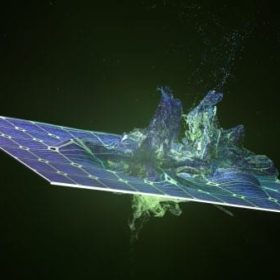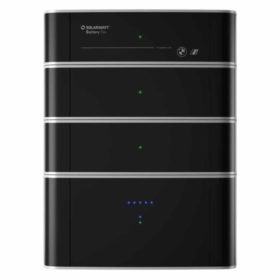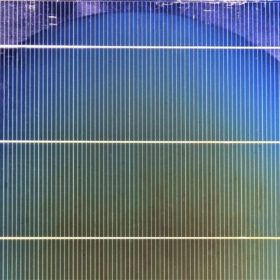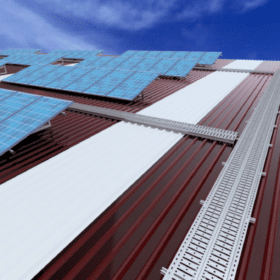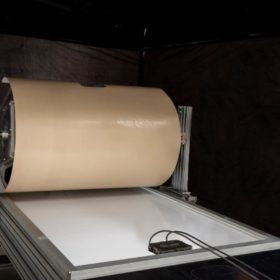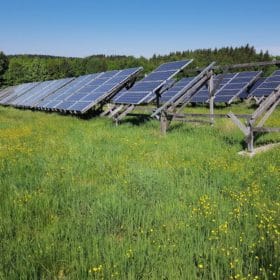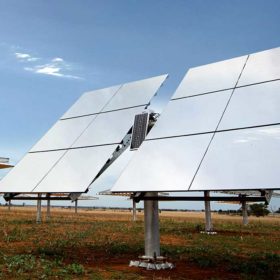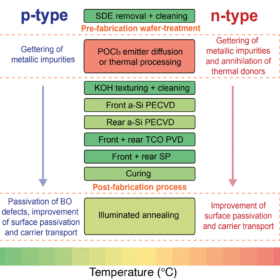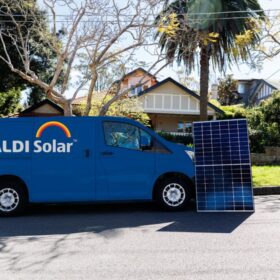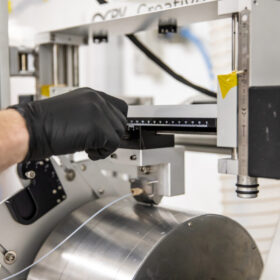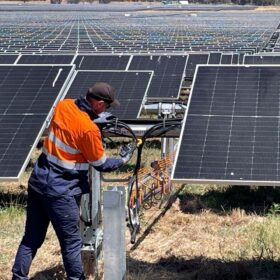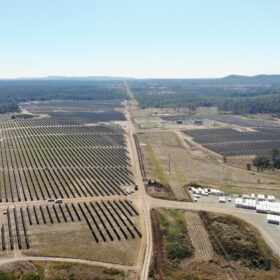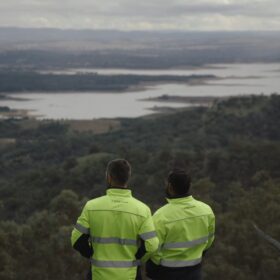New process to recycle silicon, silver and glass from end-of-life PV panels
A €4.8 million (AU$7.5 million) EU-funded research project is aiming to develop a process that allows recovering all components of a photovoltaic module.
Solarwatt, BMW launch new storage system for residential PV
The smallest of the storage units has a capacity of 4.8 kWh and an output of 1.5 kW. It can be expanded to eight battery modules in steps of 2.4 kWh and has a maximum of 57.6 kWh, and 6 kW, of power.
Simplifying solar cell deposition
Scientists in Germany have developed a new process for deposition of silicon dioxide layers during cell production. Without the need for high pressure, flammable gases, or vacuum conditions, the process could lead to cost reductions for cell manufacturers, provided it can be developed and applied in a large-scale production setting.
New walkways for the installation of rooftop PV systems
Spanish mounting system provider Alusín Solar has developed a solution to enable the transit of installers on roofs. It has recently commissioned a production line for this product, which it dubbed Carex.
A repair tape for cracked backsheets
Backsheet failures have plagued the industry, causing hefty financial burdens to many asset owners. DuPont has launched a product it says allows for easy repair of modules.
Computational model for agrivoltaics
A U.S. scientist has developed a computational framework that assesses how well a hypothetical agrivoltaic project would perform in achieving desired outcomes such as the volume of PV electricity produced, and energy-to-agriculture. The method considers the high-frequency decomposition of solar irradiance into multiple rays and analyzes how these rays are propagated forward in time, to assess multiple reflections and absorption for various system configurations. It also takes into account panel inclination, panel refractive indices, sizes, shapes, heights, and albedo.
World-first ‘solar hydro’ plant to be built in Victoria, promising 17 hours of storage for $27m
Australian technology company RayGen Resources has received funding to build a 3 MW/50 MWh ‘solar hydro’ power plant. Described by ARENA as the “first of a kind,” it is being lauded as one of the largest and lowest cost storage projects undertaken in the country. Energy giant AGL has also come onboard and will assess whether the technology would be suitable for its soon-to-retire Liddell facility.
Global powerhouses partner to develop clean ammonia value chain for shipping fuel
Commodity trader Trafigura and Oslo-based ammonia leader Yara International ASA have signed a Memorandum of Understanding that will see supply of clean ammonia as well as joint R&D projects as the two companies look to promote clean ammonia as a shipping fuel and develop its value chain and infrastructure.
Cleaning solar modules with sand and wind, on Mars
NASA scientists have partially cleaned up the solar modules of the Insight lander operating on Mars, by using grain sands collected nearby and trickling them on the panels during the windiest time of the day. This handmade technique has made it possible, according to them, to increase the PV array’s yield of about 30 watt-hours of energy per ‘sol,’ or Martian day.
A new UNSW review of research invites a rethink of silicon heterojunction solar cell manufacture
A review of existing research on any particular topic “should provide some novel insights”, says UNSW solar researcher Dr Matthew Wright. UNSW’s new paper shows defect engineering of SHJ solar cells has come a long way, but what if these proven efficiency gains could be better applied?
